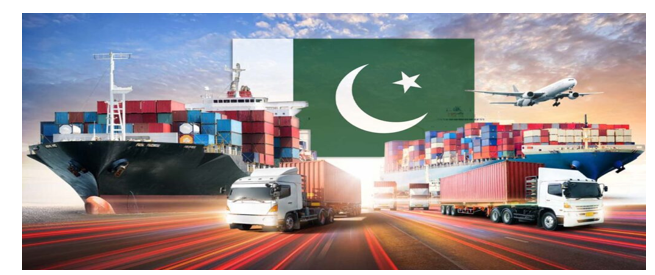INP-WealthPk
Ayesha Saba

Import restrictions may offer short-term relief but are not a long-term solution to Pakistan's balance of payments crisis. Experts advocate a comprehensive approach centered on export growth, involving infrastructure development, policy incentives, market diversification and innovation. Khalid Mehmood, a research economist at Pakistan Institute of Development Economics, told WealthPK that Pakistan's budgetary condition has significantly deteriorated over the past 30 years. “Several factors contributed to this deterioration, including the increasing levels of government debt, the volatility in the currency exchange rate, persistent trade deficit and high inflation increasing the cost of living, and creating economic instability.” He emphasised the importance of an export-driven growth model to enhance Pakistan's economic resilience and achieve long-term growth. He pointed out that the manufacturing sector in Pakistan heavily relies on imported raw materials. “Therefore, any attempt to restrict imports would not only hamper domestic productivity but also escalate unemployment rates.
Restricting imports can lead to supply chain disruptions, increased production costs, and reduced competitiveness of local industries on the global stage.” Mehmood advocated a growth trajectory driven by exports coupled with the liberalisation of trade barriers. He asserted that such a strategy would foster a rise in foreign direct investment and other forms of international investment. “By opening up trade and reducing barriers, Pakistan can attract more foreign capital, which is essential for boosting industrial capacity, enhancing technology transfer, and creating jobs.” Kamran Ahmed, policy adviser at All Pakistan Business Forum, stressed the need to reduce dependence on a limited range of products and trading partners, as over-reliance makes the economy vulnerable to external shocks. “Diversifying exports and markets are crucial to mitigating this risk. The government should actively seek out new markets for Pakistani goods and services by understanding global trends, consumer preferences, and market demands to identify and tap into emerging opportunities.”
“Expanding the variety of products available for export can enhance competitiveness and open up new revenue streams, including promoting sectors like agriculture, textiles and technology,” he suggested. According to the Pakistan Bureau of Statistics, the country's exports rose by 10.54% to $30.645 billion in the fiscal year 2023-24, up from $27.724 billion in 2022-23. During the same period, Pakistan's trade deficit decreased by 12.32% to $24.089 billion from $27.474 billion. The country’s imports declined by 0.84% to $54.734 billion in 2023-24, compared to $55.198 billion in the earlier fiscal year. However, the trade deficit widened by 30.39% year-on-year, reaching $2.390 billion in June 2024, up from $1.833 billion in June 2023. The imports increased by 17.43% to $4.919 billion in June 2024 from $4.189 billion in June 2023. The exports increased by 7.34% on a YoY basis to $2.529 billion in June 2024 compared to $2.356 billion in June 2023.
Credit: INP-WealthPk













